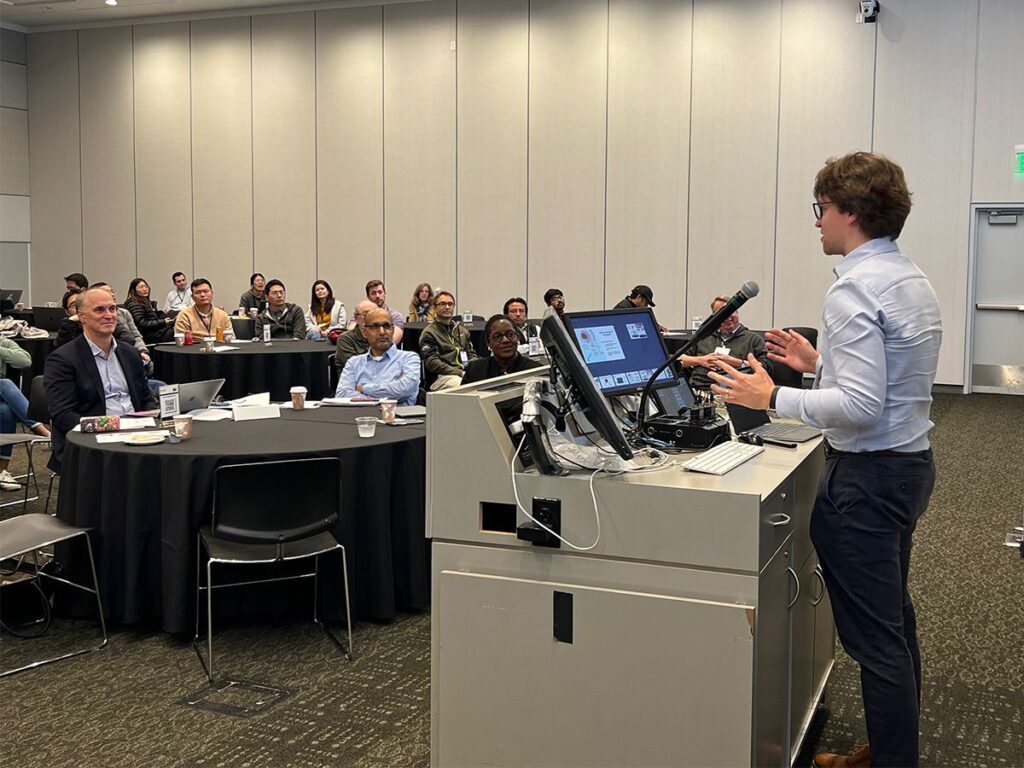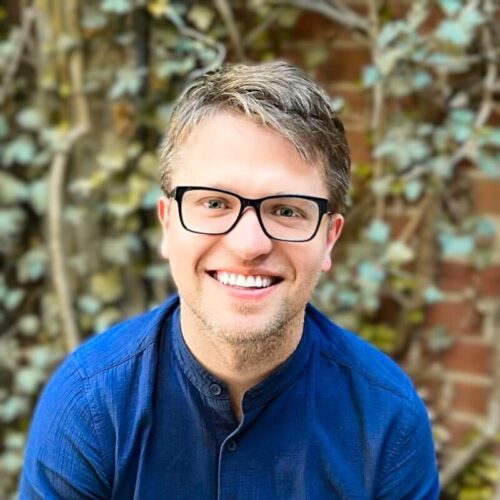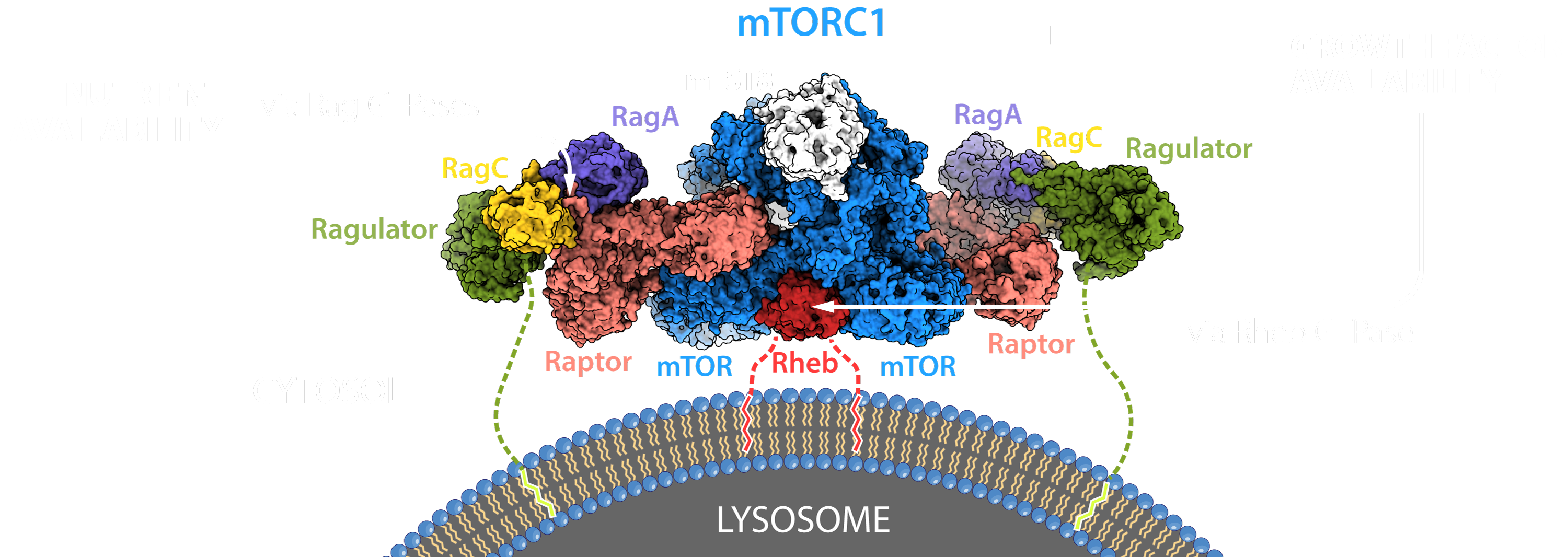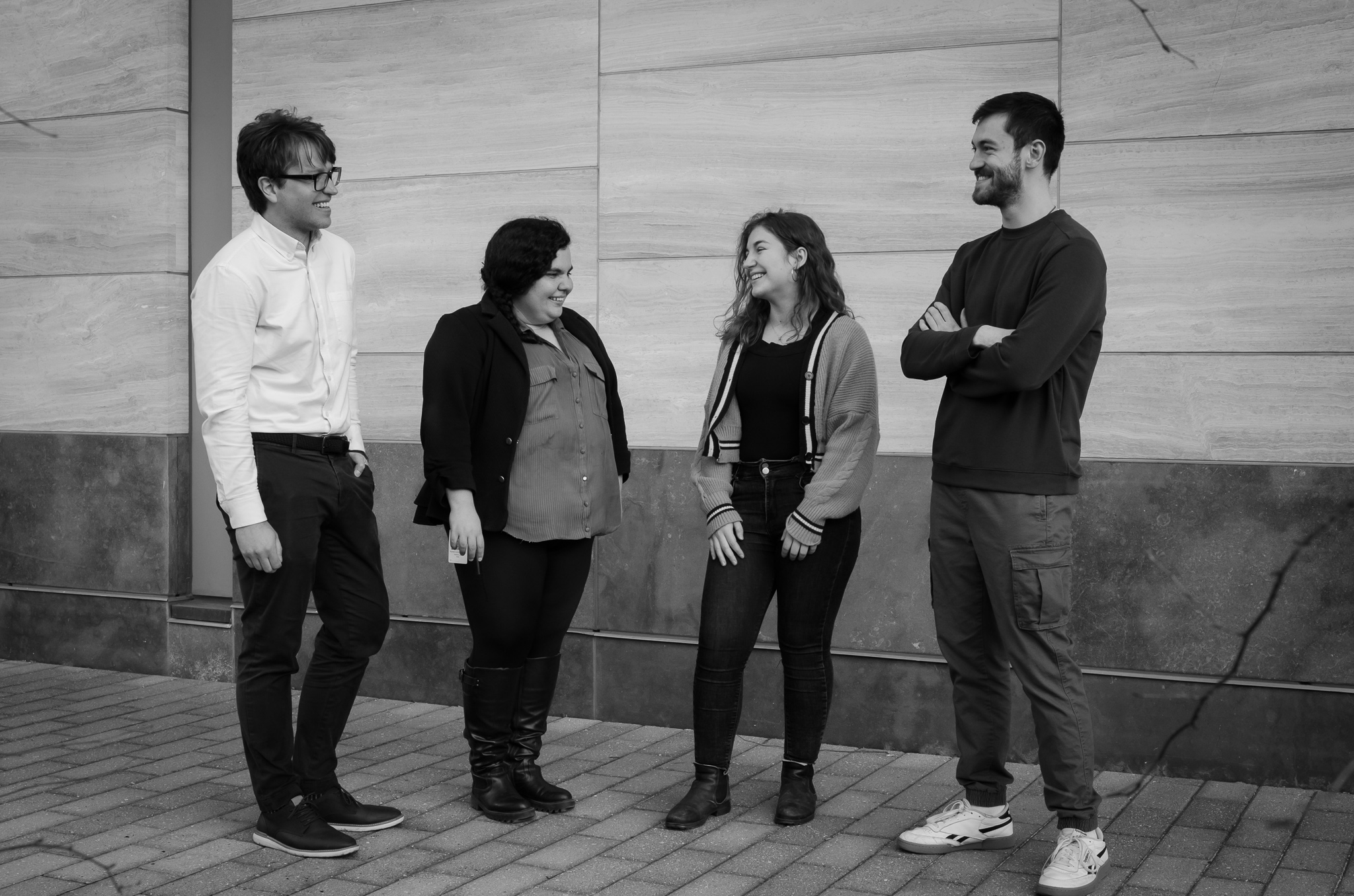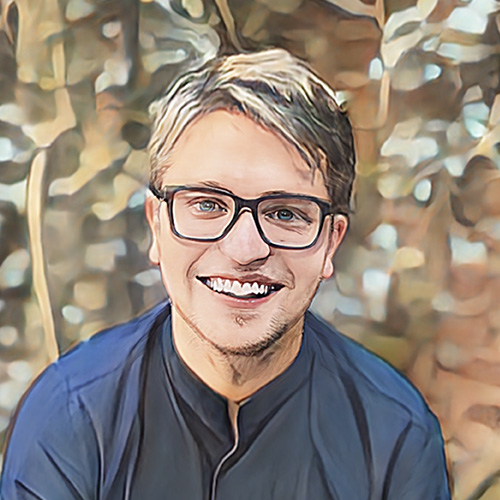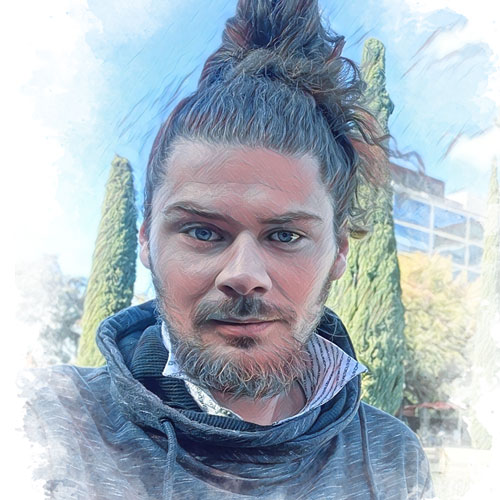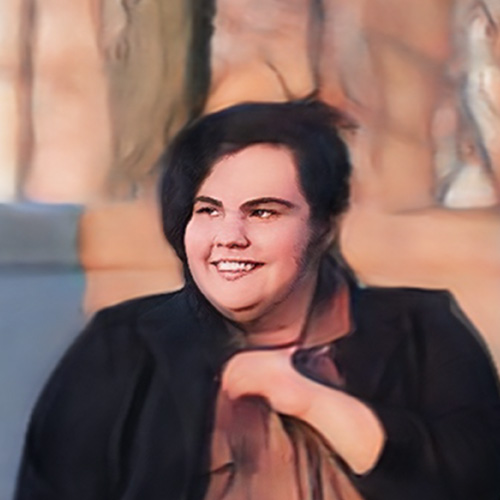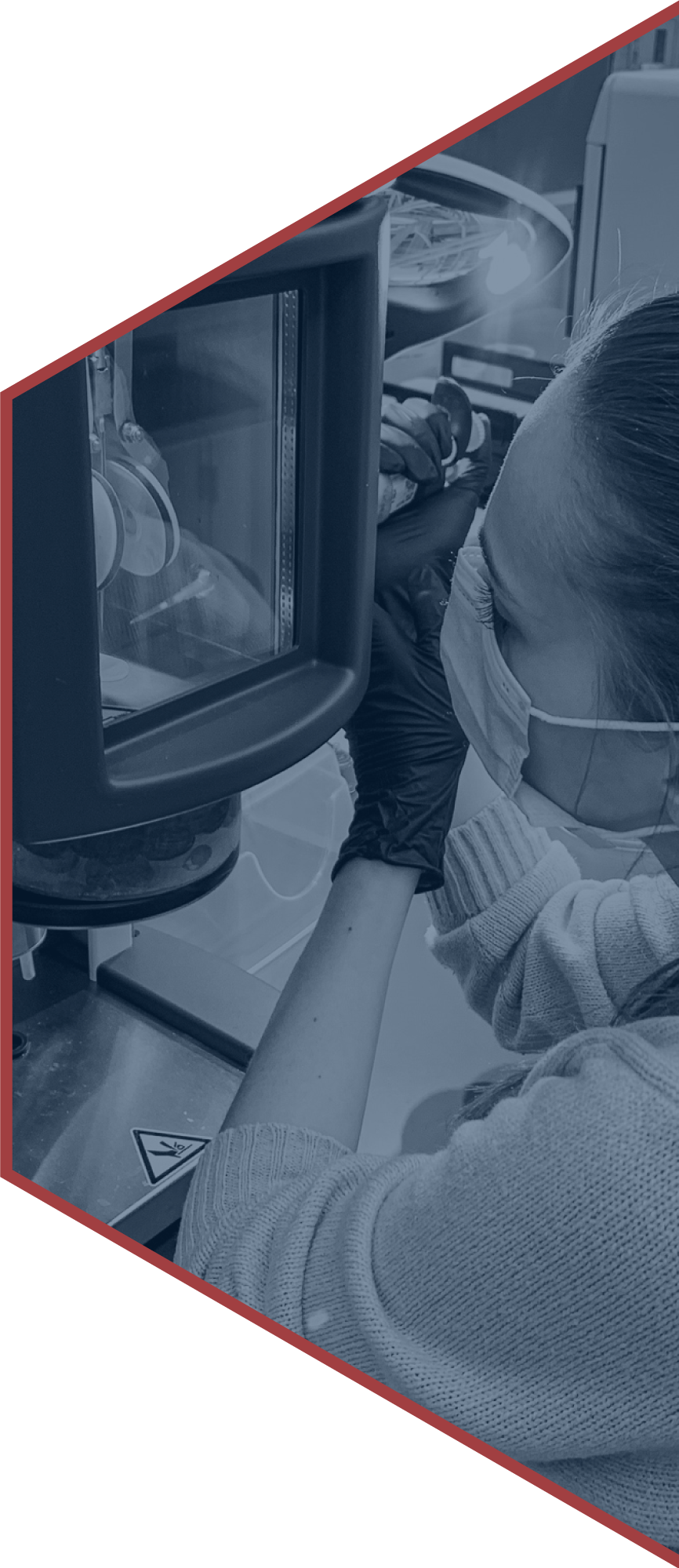
News

August 10, 2023
Karen’s mTOR structure review is out! [COSTBI]
We are celebrating the first review paper from our one and only — Karen Linde-Garelli — in Current Opinion in Structural Biology.
Karen is a Stanford Cancer Biology PhD student in the Rogala Lab, where she is studying nutrient sensing and trafficking on the lysosomal surface.
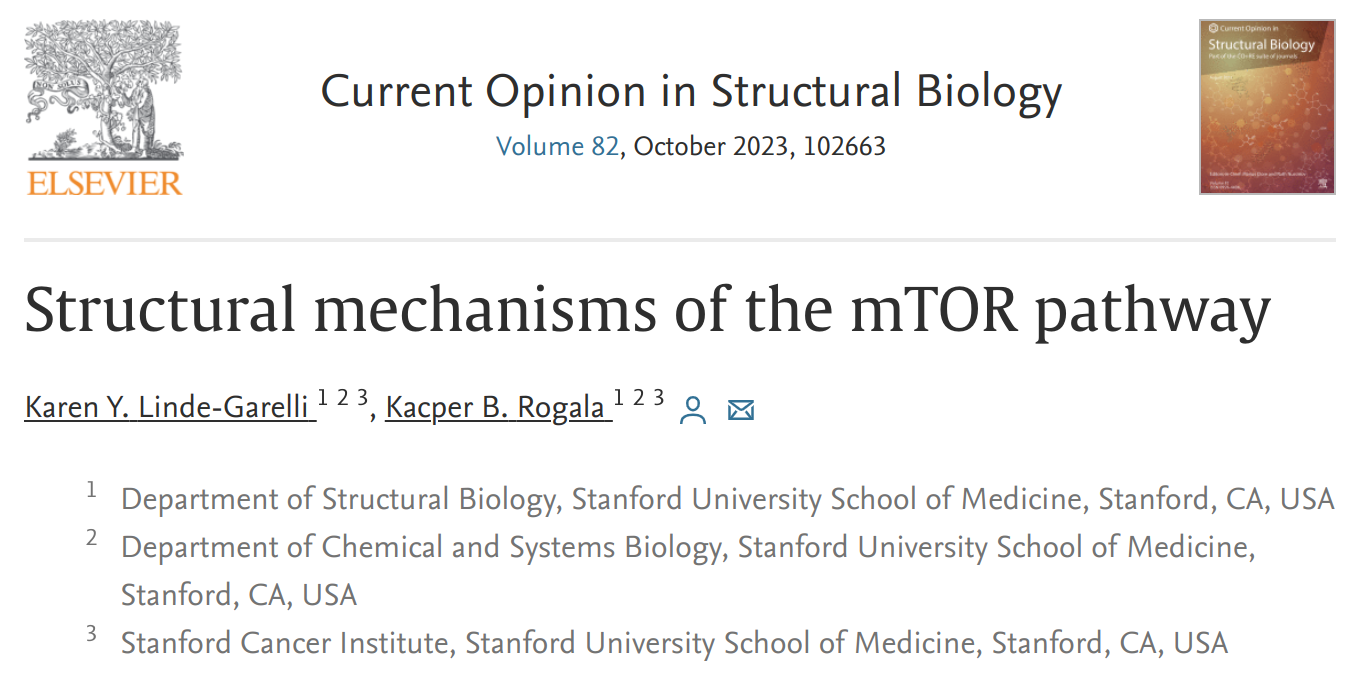
Karen and Kacper wrote a review that talks about structural biology discoveries in the mTOR field — spanning the last 10 years. They mined the entire Protein Data Bank to ensure that every single paper that has deposited structural coordinates of a protein from the mTOR pathway is cited.
The review is split into major sections, where Karen and Kacper discuss:
– Structure of the mTOR kinase and its associated complexes 1 and 2
– Substrate recognition and regulation mechanisms by mTORC1 and mTORC2
– The mode of operation of mTORC1 on the lysosomal surface
– How various modalities contribute to sensing of the environment by the mTOR pathway.
Our lab received a kind invitation to write this review from Prof. Simon Newstead (Oxford) and Prof. Robert Tampé (Goethe University Frankfurt), who were guest editors of an issue that focused on structural biology of proteins that work in the context of biological membranes. Please see the whole Membranes (2023) issue here, and the editorial by Simon and Robert here.
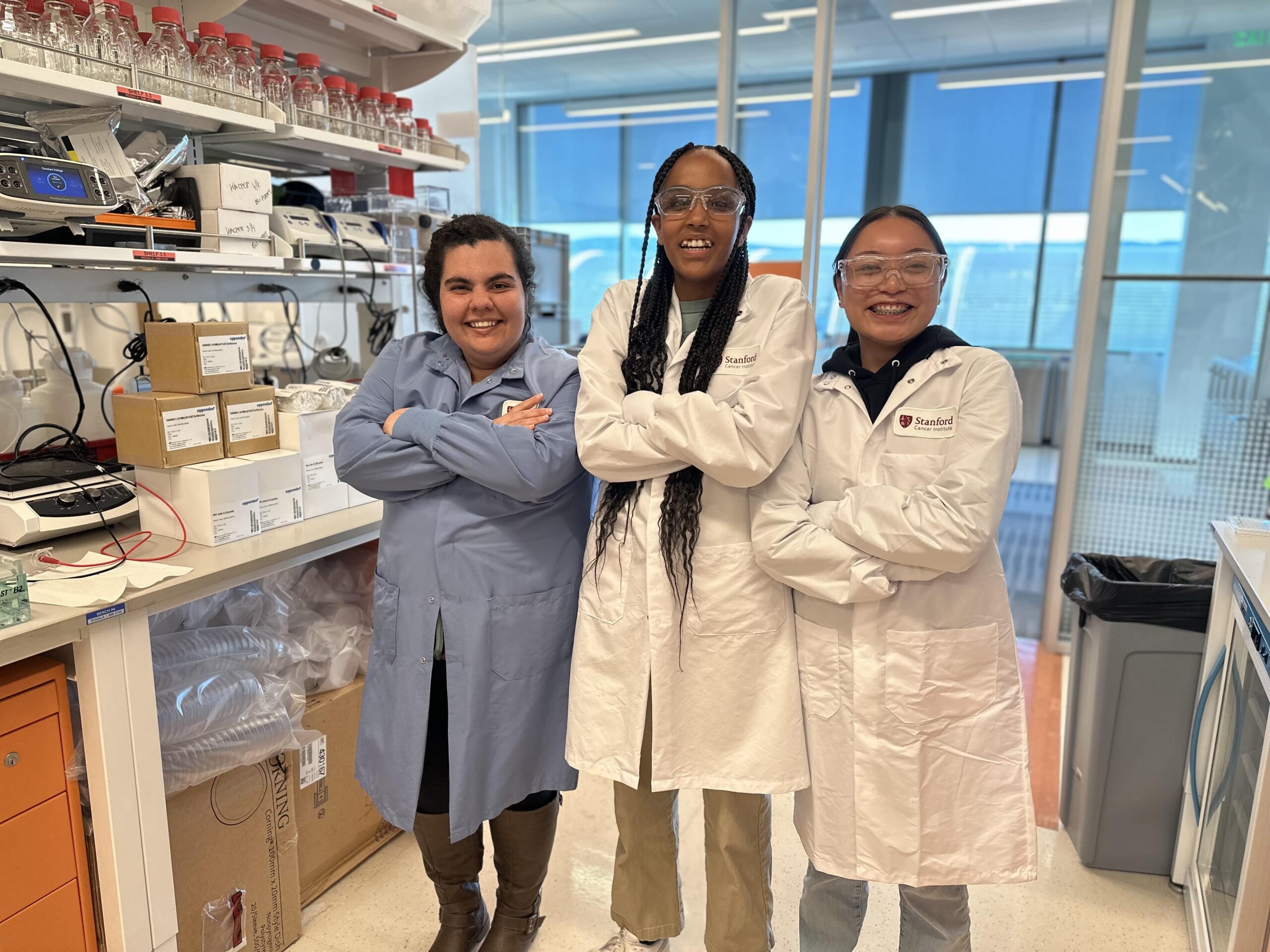
August 4, 2023
NexGeneGirls — high-school summer project
This summer, the Rogala Lab hosted two high school students in partnership with NexGeneGirls. The NexGeneGirls program integrates immersive hands-on research, leadership development, and career exploration to empower high school girls and provide them with early exposure to research in STEM. Scholars of the program engage in research within leading Bay Area industry or academic laboratories, collaborating closely with mentors to develop and execute a scientific project.
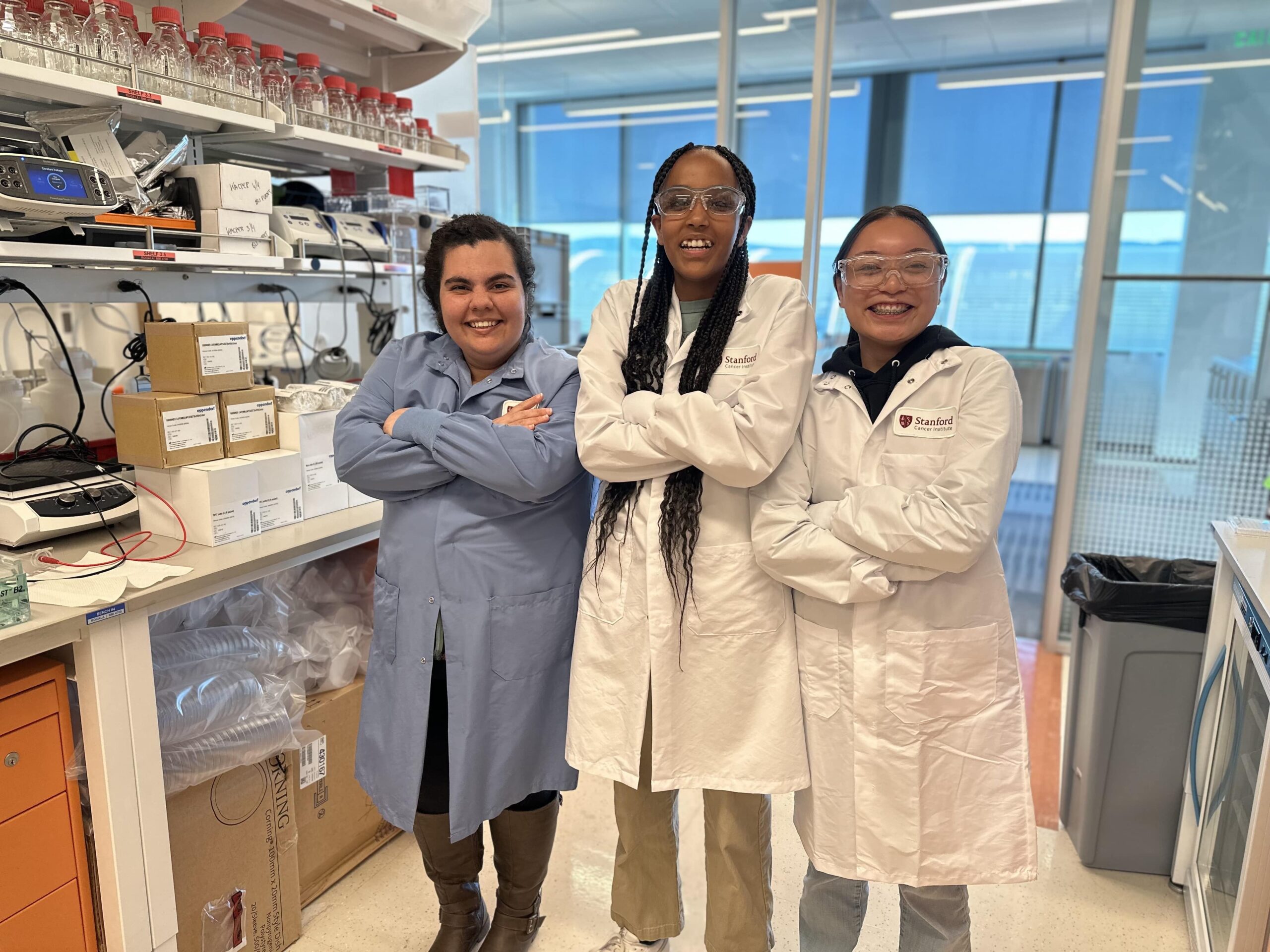
Karen Linde-Garelli (PhD student mentor)
Leila Haile (NexGeneGirls scholar)
Danielle Carino (NexGeneGirls scholar)]
Leila Haile and Danielle Carino joined the Rogala Lab under the mentorship of Karen Linde-Garelli and Dr. Kacper Rogala. They trained in experimental methods of the lab to learn about and ultimately execute the processes involved in going from “gene to protein” and pilot the production of cost-effective functional enzymatic tools for the lab. The NexGeneGirls scholars focused on cloning, expression, and purification of a bacterial nuclease enzyme to use during the cell lysing process for routine protein production. The outcome of their work was presented at the NexGeneGirls gala in San Francisco, and it was the first in a pipeline for making homemade enzymes for the lab – to use as an alternative for purchasing costly consumables.

March 22, 2023
Kacper gives a talk at the SCI Retreat
Today, Kacper was representing our lab at the 2023 Stanford Cancer Institute retreat. He talked about the ongoing projects in the lab, and how our team is looking forward to collaborations with in vivo biologists and clinicians — to translate our therapeutic ideas into potential future cures for patients.
